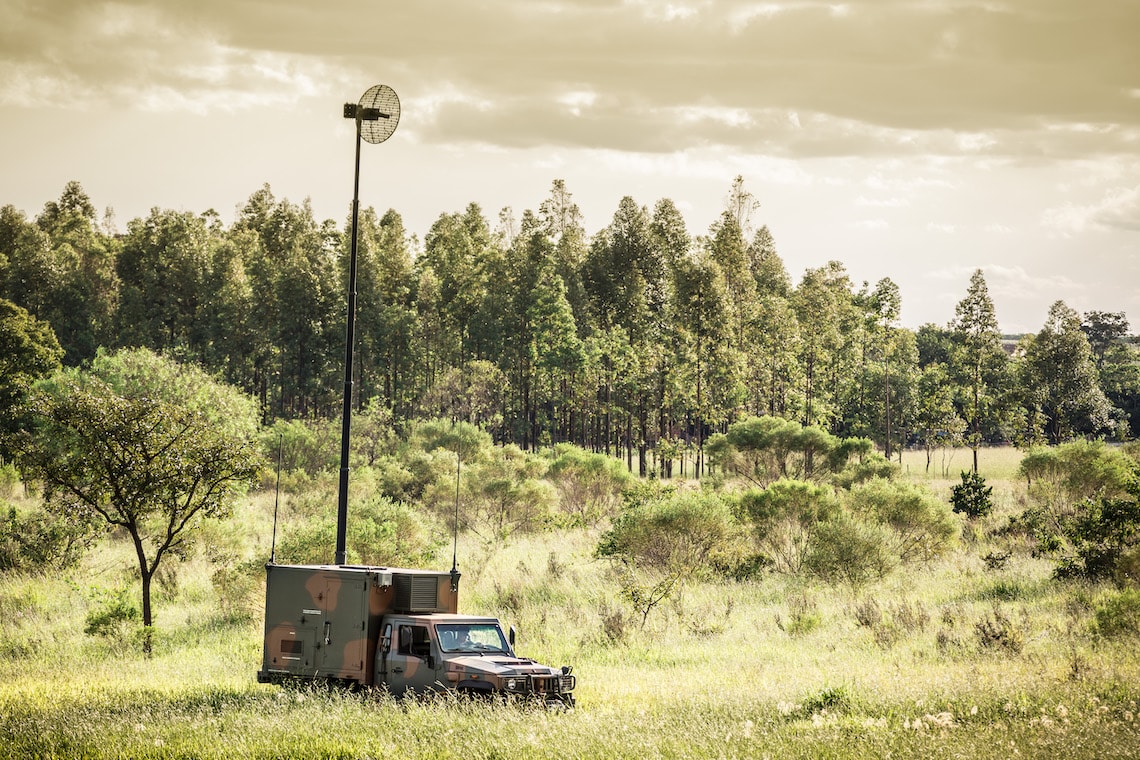In approximately six months, a stretch of 650 kilometers of the Brazil-Paraguay border is set to have a sophisticated surveillance system. This is the Brazilian Army’s expected completion date for the first phase of the Integrated Border Monitoring System (Sisfron) to be 100 percent operational.
As one of the leading Armed Forces programs currently underway, Sisfron will use an integrated network of cameras, sensors, and communication systems to provide real-time detection and reporting of physical movement on Brazil’s land border.
The goal of the system, regarded by specialists as an important incentive to domestic industry, is to allow federal and state defense and security agencies to curb illicit acts such as arms and drug trafficking, contraband, cargo, and vehicle theft, environmental crimes, and border conflicts.
The monitoring system will eventually reach across the 16,886 km that make up Brazil’s borders with its 10 neighboring countries. Once completed, it will provide surveillance on an area of 2,553,000 sq km (27 percent of Brazil), reaching 570 municipalities across 11 states, from Amapá to Rio Grande do Sul. The system was projected in 2011 and the federal government initially planned to invest BRL 12 billion over 10 years to complete the undertaking by 2022. Currently, works are underway in accordance with budgetary restraints, and the deadline for completion has been pushed back. Work is expected to be finished in the middle of the next decade.
The difficulty in constructing a surveillance system such as this comes down to its complexity. One of the characteristics of the Brazilian border is its geographical diversity. There are parts of dense forests and sweeping rivers, but also urban areas, where the border line is marked by a simple street, with isolated paths easily transformed into routes for trafficking and contraband. Brigadier General Sérgio Luiz Goulart Duarte, who oversees the Sisfron program, believes that this diversity demands technological monitoring and communication solutions which adapt to the characteristics of each locale, and the operational capacity of the country’s several military commands.
Currently, Brazilian border surveillance is carried out by the Federal Police at its legal outposts, alongside respective regional military commands. This will not change. Surveillance missions are carried out on routine sweeps or motivated by information and evidence gathered sporadically. With Sisfron, a series of electronic resources will collect and transmit this data continuously, allowing for an immediate response.
The basis for Sisfron, both...


 Search
Search






































